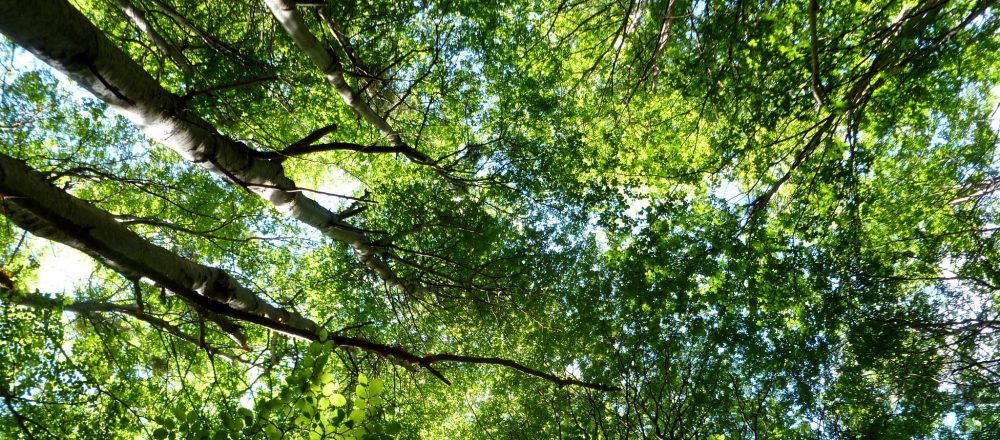
The spectral composition of light in a forest gap and understorey through the year affects the rate of photodegradation of senescent leaf litter material across a variety of native plant species. This finding that photodegradation plays an important role in forest litter decomposition could partially explain the hole in the carbon budget in this ecosystem.
Wang QW, Pieristè M, Kenta T, Liu C, Robson TM†, Kurokawa H† (2020) Photodegradation enhances litter decomposition modulated with canopy openness in a temperate forest. New Phytologist. NPH17022 https://doi.org/10.1111/nph.17022
Enhanced decomposition can occur through direct photochemical mineralisation, but in temperate forests effects of increased temperature and the availability of substrates for microbial decompositions can be even more important. These research supports findings of our meta-analysis, that actions of photofacilitation are highly wavelength dependent and the subtilties of these responses can only be identified through very large scale experimental manipulations of sunlight, as was done in this ambitious experiment.
Wang Q-W, Robson TM, Pieristè M, Kenta T, Kurokawa H. (2022) Photodegradation dynamics below a forest canopy. Science of the Total Environment 820 153185. http://dx.doi.org/10.1016/j.scitotenv.2022.153185
Wang Q-W*, Pieristè M*, Kotilainen TK, Forey E, Chauvat M, Kurokawa H, Robson TM, Jones AG. (2022) The crucial role of blue light as a driver of litter photodegradation in terrestrial ecosystems. Plant & Soil, http://doi.org/10.1007/s11104-022-05596-x
